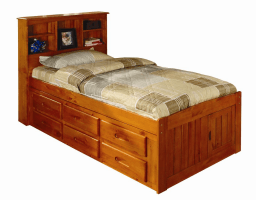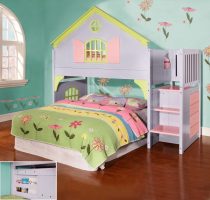What are Children’s Favorite Colors? Understanding Color Preferences in Children
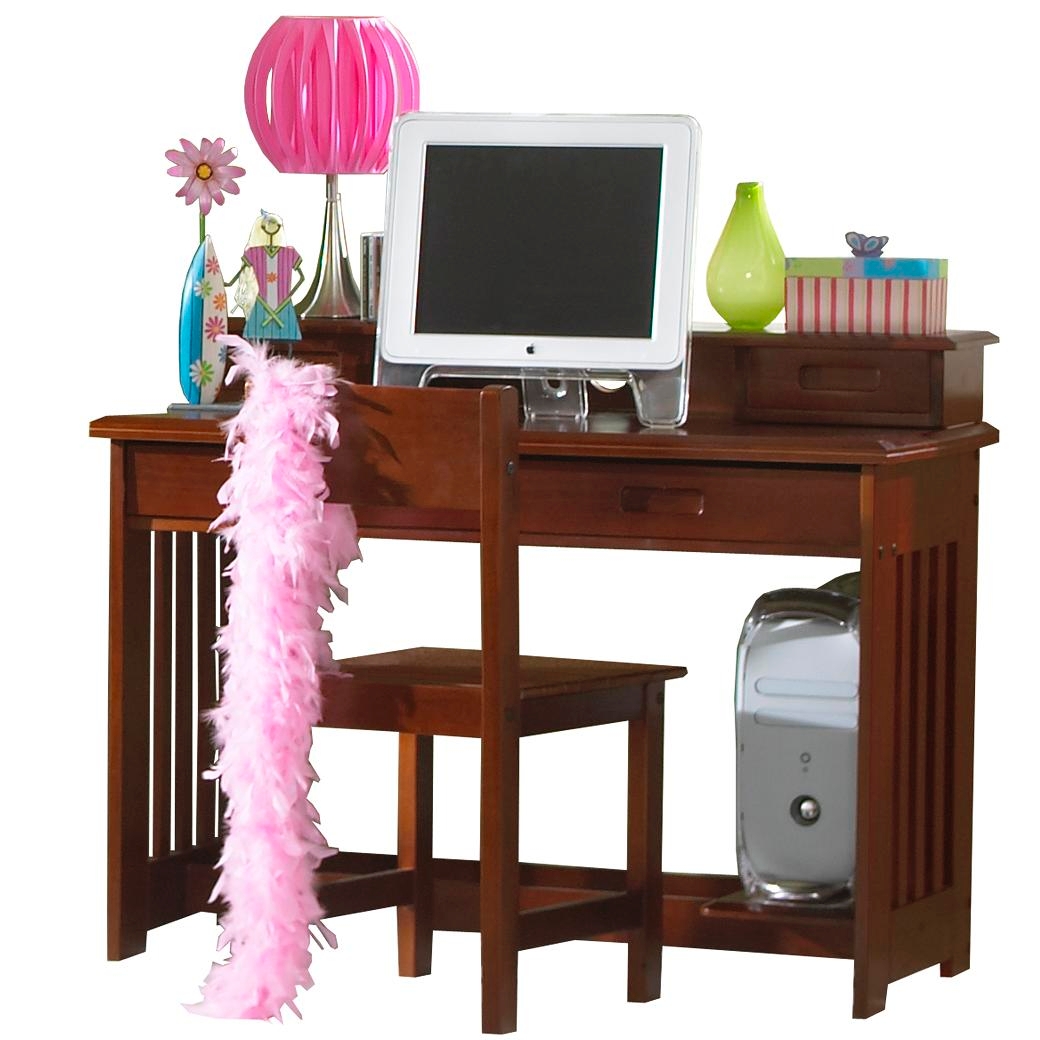
Colors have a powerful impact on children’s moods and emotions. From bright and bold hues to soft and calming tones, colors can evoke different feelings and emotions. As a parent, it’s important to understand what colors your child may prefer as it can have a significant impact on their environment, including their bedroom and play spaces. In this blog, we’ll explore what colors children tend to prefer and why they’re drawn to certain hues.
Red: Red is a bold and energetic color that often evokes excitement and enthusiasm in children. This bright hue is often associated with play, adventure, and creativity.
Orange: Orange is another bright and playful color that’s popular among children. It’s often seen as a warm and welcoming hue that’s associated with happiness and excitement.
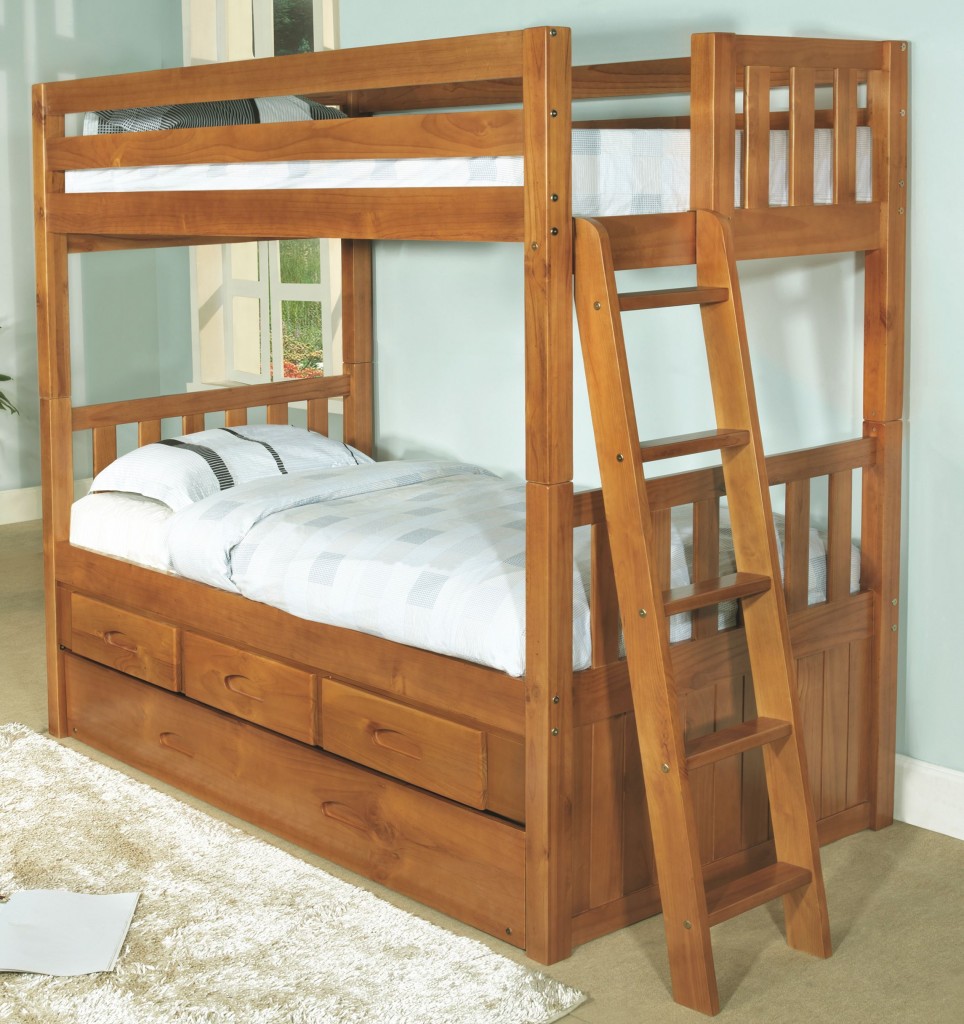
Yellow: Yellow is a cheerful and sunny color that’s often preferred by children. This light and bright hue is often associated with happiness and optimism, making it a popular choice for children’s spaces.
Green: Green is a calming and soothing color that’s often associated with nature and growth. Children may prefer green for its relaxing qualities and because it’s a color that’s often found in their natural surroundings.
Blue: Blue is a cool and calming color that’s often preferred by children. It’s associated with stability, tranquility, and peacefulness, making it a popular choice for bedrooms and play spaces.
Purple: Purple is a magical and mysterious color that’s often preferred by children. This hue is associated with creativity, imagination, and adventure, making it a popular choice for imaginative play.
Pink: Pink is a sweet and nurturing color that’s often preferred by girls. This soft and gentle hue is associated with femininity, love, and tenderness.
Brown: Brown is a warm and comforting color that’s often associated with stability and security. Children may prefer brown for its grounding qualities and because it’s a color that’s often found in nature.
Why Children Prefer Certain Colors
There are a few different factors that can influence children’s color preferences, including:
Culture and Environment: Children’s cultural and environmental background can impact their color preferences. For example, some cultures may associate certain colors with specific emotions or experiences.
Personal Experience: Children’s personal experiences can also influence their color preferences. For example, a child who had a positive experience with a certain color may be more likely to prefer that color in the future.
Developmental Stage: Children’s age and developmental stage can also impact their color preferences. For example, young children may prefer bright and bold colors, while older children may prefer more calming and soothing hues.
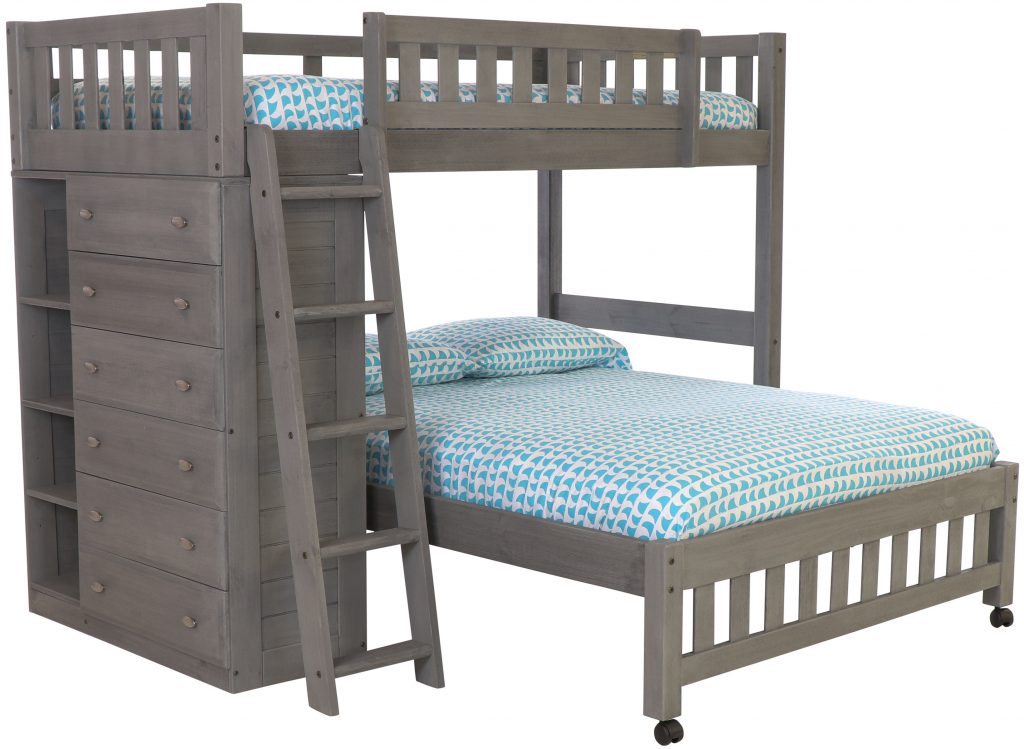
Using Color in Children’s Spaces
When designing a space for children, it’s important to consider their color preferences and how color can impact their mood and behavior. While children may have favorite colors, it’s also important to create a balanced and harmonious space that includes a variety of colors. Here are some tips for incorporating color in children’s spaces:
Start with a Neutral Base: Start with a neutral base color, such as white or beige, and build from there. This will create a clean and calm foundation for the space.
Add Accent Colors: Add accent colors that are bright and playful to create a fun and energetic environment.
Use Color in Creative Ways: Consider using color in creative ways, such as painting a colorful accent wall or adding a colorful rug.
Encourage Personal Expression: Encourage children to personalize their spaces

